The white paper report from U.K.-based Reuters Events says skyrocketing demand from data centers, EV charging, manufacturing and electrification efforts are upending the relatively stable U.S. power market of recent decades.
Demand from data centers are projected to double or even triple by 2028. In response, solar and battery storage are dominating new power installations, the Reuters report said.
At the same time, the Trump administration has declared it plans to roll back or even eliminate many of the incentives and policy supports for clean energy programs created under the 2022 Inflation Reduction Act. For example, the Environmental Protection Agency just announced that it plans to claw back $7 billion in grants under the Solar For All program allocated under the Biden administration. The Reuters report pointed out that Congress will have to approve widespread cuts to many of these programs because they have been signed into law.
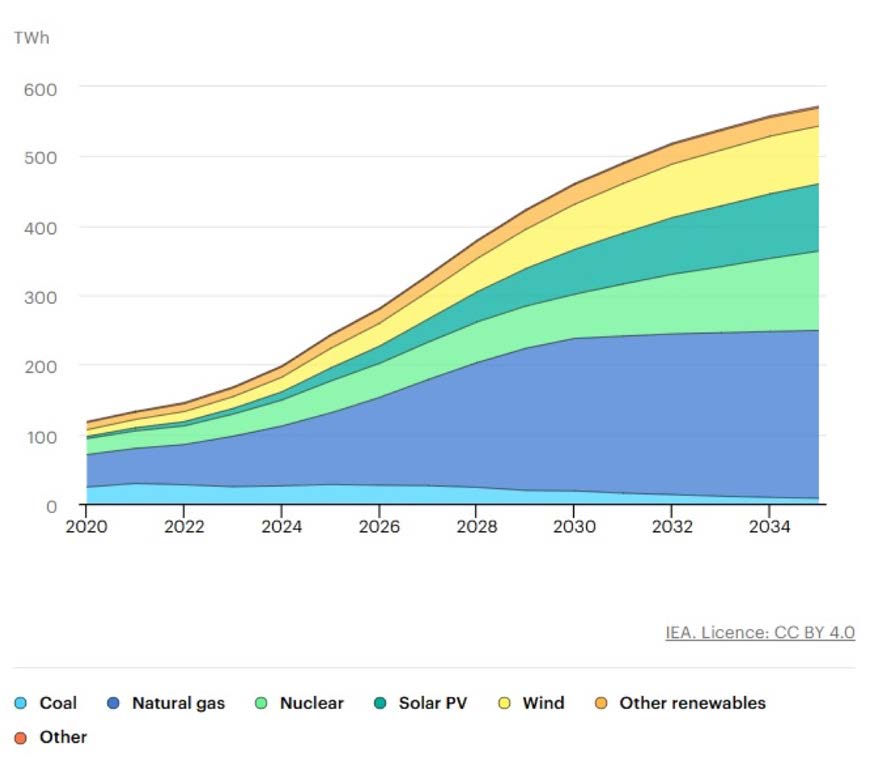
The confluence of increasing demand and policy uncertainty that is creating significant financial uncertainty for developers of renewables and battery storage deployment, the report said. Moreover, the existing demand for new solar and storage projects is taxing the ability of grid operators to accommodate them.
“Grid connection queues are delaying many clean power projects and the power network must expand to improve resiliency and ensure power can be transported cost effectively from areas with strong solar and wind resources to the larger load centers,” the report said.
A recent report by Texas-based energy consultancy Enervus concurs that grid interconnection wait times are increasing, leading to project delays and even suspensions for new wind, solar and battery energy storage facilities.
The severity of the wait times vary by independent system operator (ISO) or non-ISO region and project type. For projects that became operational from 2022 through 2024, Enverus says project development timelines in California ISO (CAISO) were the longest with an average of 9.2 years for all project types, while ISO New England (ISO-NE) had the shortest, at about 3.8 years, followed by Electric Reliability Council of Texas (ERCOT) at about 4.5 years.
According to the Reuters report, billions of dollars of grid investments are required to modernize and expand the power network and accommodate rising renewable energy capacity and large energy consumers, particularly data centers. This will be needed regardless of generation source.
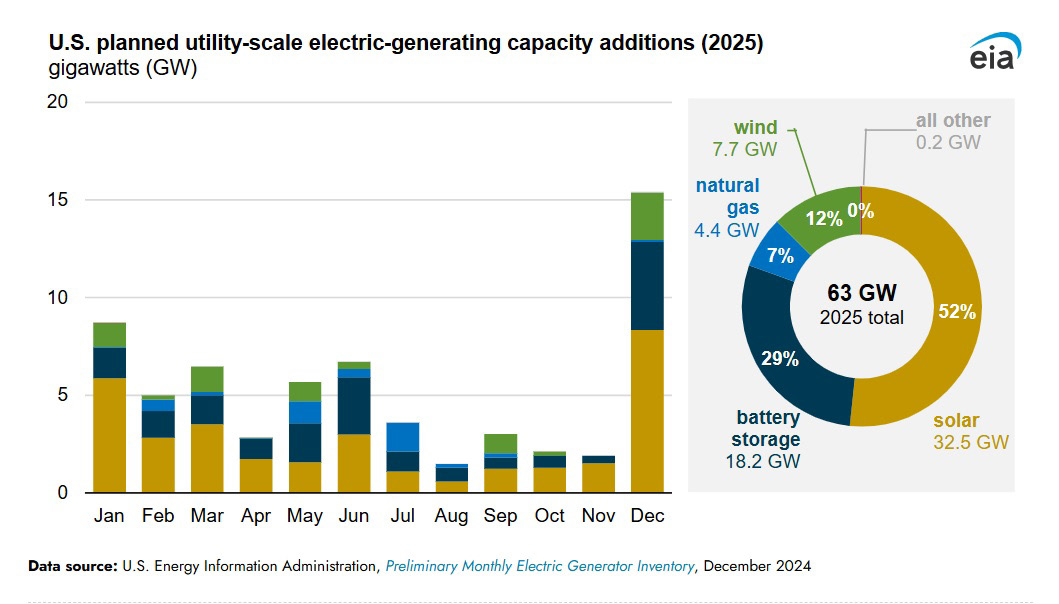
At the same time, others caution that perceptions of runaway electricity demand could cause utilities to rush into new natural gas projects or delay the decommissioning of aging fossil fuel sources. According to clean energy consultancy RMI, historically utilities in the U.S. have over-forecast 10-year demand growth by more than 17% between 2006 and 2023. Over-forecasting burdens ratepayers and sidelines clean energy goals.
Regardless of demand and policy uncertainty, solar is now the lowest cost source in many areas, the Reuters report said, and installations are expected to continue at a rapid pace over the next 10 years. Analysts cited in the report said U.S. solar and battery storage deployment in 2025 remains robust, despite policy shifts under the Trump administration, and are expected to account for approximately 81% of the 63 GW planned growth in U.S. electricity capacity this year.
This content is protected by copyright and may not be reused. If you want to cooperate with us and would like to reuse some of our content, please contact: editors@pv-magazine.com.
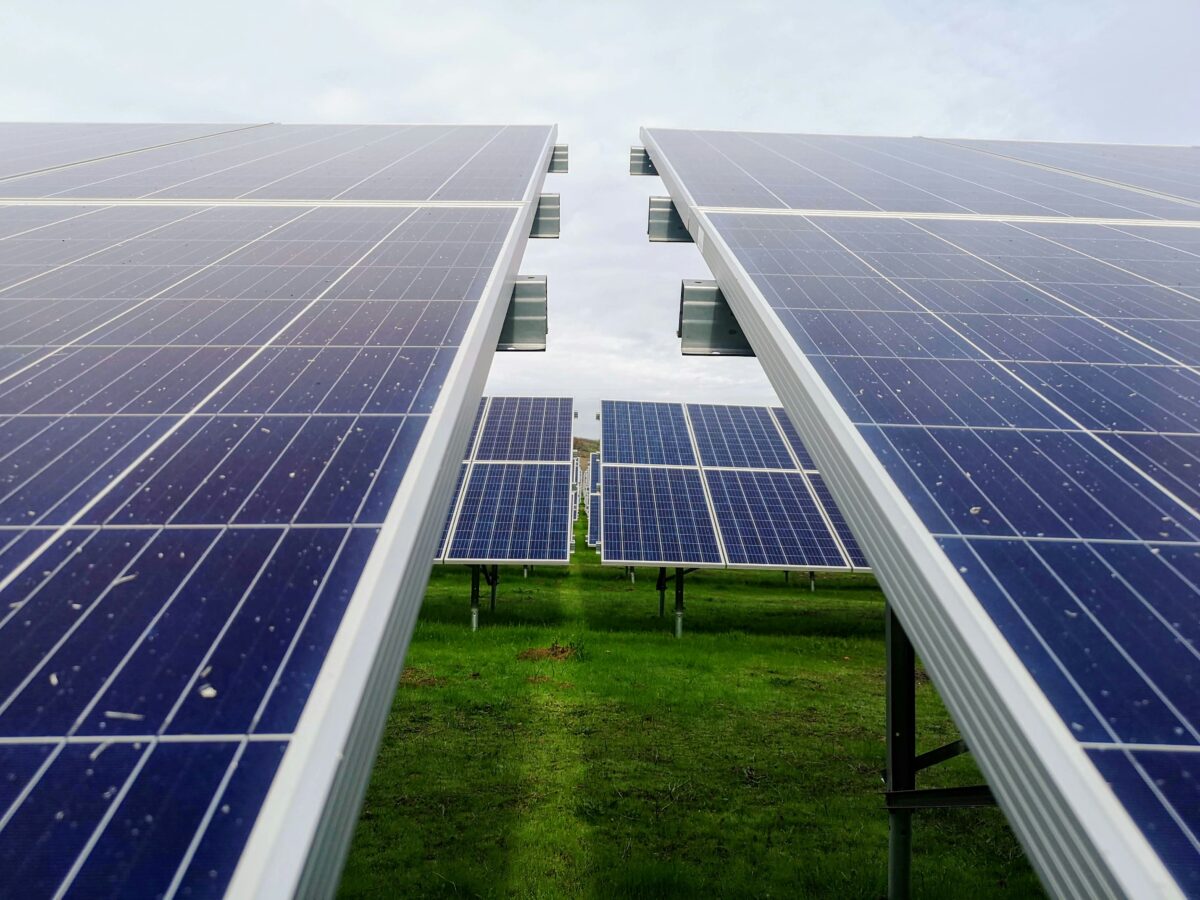



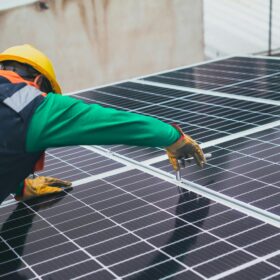

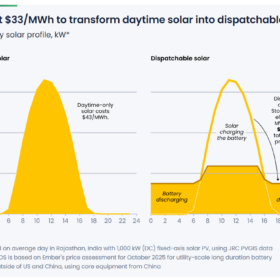

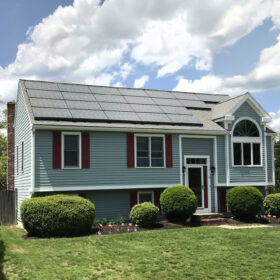
By submitting this form you agree to pv magazine using your data for the purposes of publishing your comment.
Your personal data will only be disclosed or otherwise transmitted to third parties for the purposes of spam filtering or if this is necessary for technical maintenance of the website. Any other transfer to third parties will not take place unless this is justified on the basis of applicable data protection regulations or if pv magazine is legally obliged to do so.
You may revoke this consent at any time with effect for the future, in which case your personal data will be deleted immediately. Otherwise, your data will be deleted if pv magazine has processed your request or the purpose of data storage is fulfilled.
Further information on data privacy can be found in our Data Protection Policy.